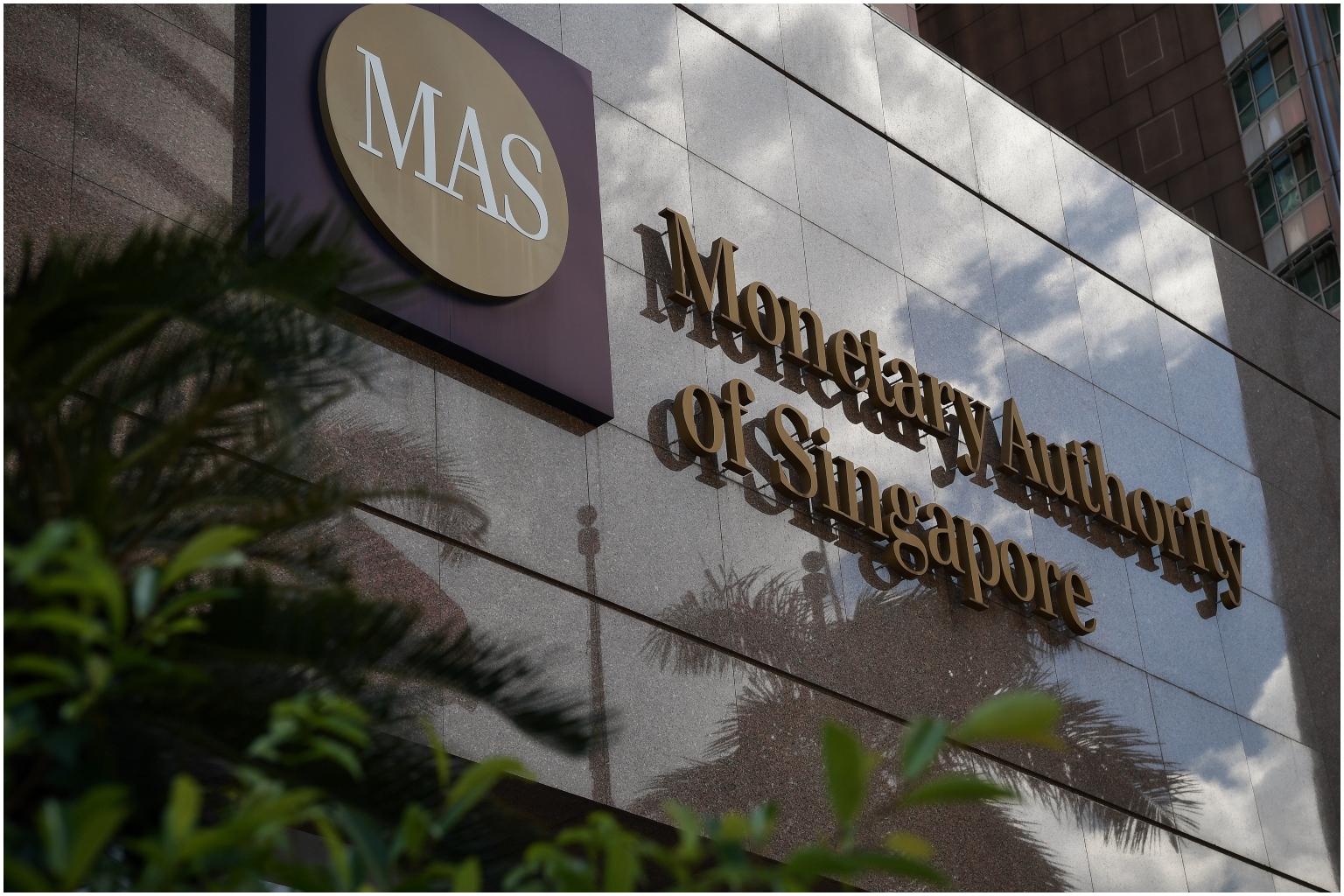MAS likely to do aggressive Singdollar tightening amid inflationary pressures, says Mizuho
Sign up now: Get ST's newsletters delivered to your inbox

The MAS is less likely to look past price shocks as transitory ripples and more likely to respond emphatically.
PHOTO: ST FILE
Follow topic:
SINGAPORE - A combination of geopolitical shocks, pre-existing inflationary pressures and a tightening wage-price spiral could prompt the Monetary Authority of Singapore (MAS) to adopt a more hawkish tightening policy on the Singapore dollar this month.
In his latest assessment paper, Mr Vishnu Varathan, head of economics and strategy for Asia and Oceania Treasury at Mizuho Bank, said he expects the MAS to do a "double-barrelled re-centring and steepening of the slope" of the Singapore dollar nominal effective exchange rate (S$Neer) at its policy meeting this month.
He expects this double-barrelled action to result in a 1.5 per cent calibrated steepening of the S$Neer slope, and a re-centring of the S$Neer "mid-point higher".
He said the rare "off cycle" tightening by the MAS in January, when it increased the S$Neer slope, would have diminished the need to catch up on tightening.
But at the time, the MAS could not have foreseen the profound and pervasive cost shocks from the war in Ukraine, which blindsided the world in late February.
Mr Varathan said that since then, the cost-push inflation has accentuated a wage-price spiral that began as job recovery started kicking in during the first quarter.
While the double-barrelled tightening this month would set the Singdollar for appreciation, the magnitude would depend on the broader US dollar trend amid geo-political risks, a hawkish US Federal Reserve, and downside risks to China's growth.
Mr Varathan noted that the impact of the war in Ukraine could be even more profound and pervasive if the conflict drags on. "Apart from the enlarged magnitude of these upstream price shocks that tend to ratchet higher and ripple farther, inflation risks are inflamed by the interaction with pre-existing and fairly prolonged inflationary pressures from Covid-19-related supply-chain disruptions," he wrote.
"With headline CPI (consumer price index) surpassing 4 per cent in February, even before Russia-Ukraine oil shocks are fully passed through, the danger is that the MAS' upwardly revised inflation projections from January will be breached."
In particular, mounting wage-price risks mean the MAS' worries of inflation expectations becoming unmoored are even more grim, he said. The MAS is therefore less likely to look past the price shocks as transitory ripples and more likely to respond emphatically.
"Fact is, economic recovery has not only endured, but broadened with the phased lifting of Covid-19 restrictions and resumption of travel, underpinning the robust labour market with emerging evidence of overheating and frenzied hiring in some pockets of the job market," he said.
While the geopolitical uncertainties and China risks mean that the recovery path may remain bumpy, the risks to, and costs of, not decisively tackling inflation risks are clearly overwhelming policy calculus, Mr Varathan said.
Given that Singapore imports virtually everything it needs, a stronger Singdollar would mitigate imported inflationary pressures. But the extent of the Singdollar appreciation against other currencies will also depend on central bank policies in those countries.

